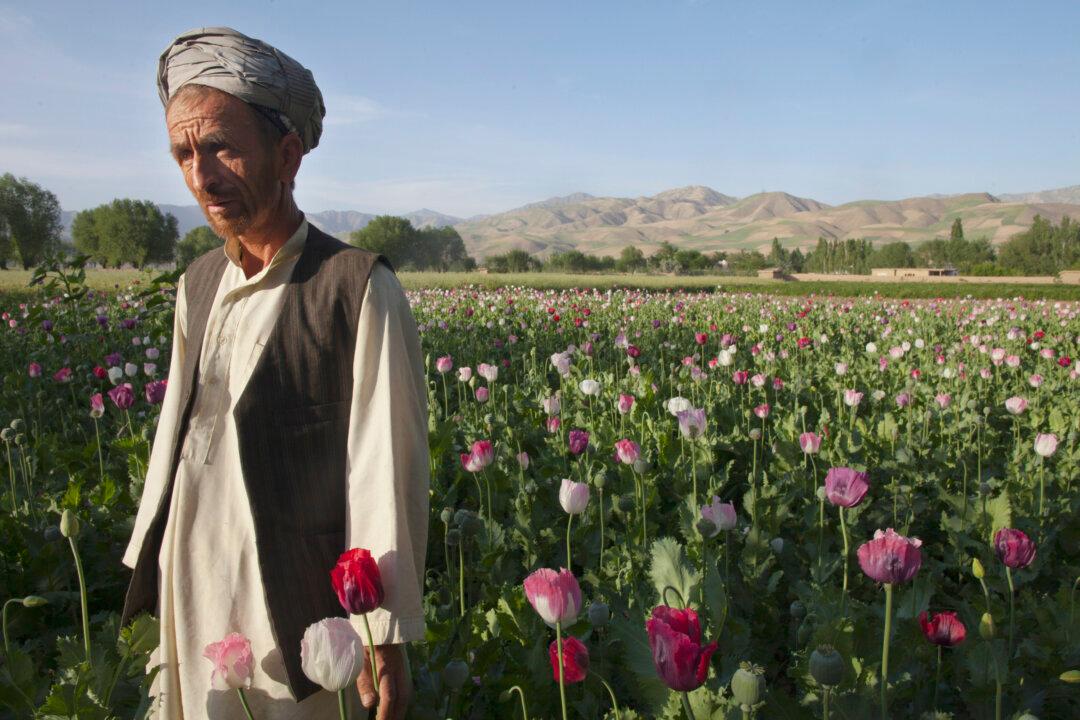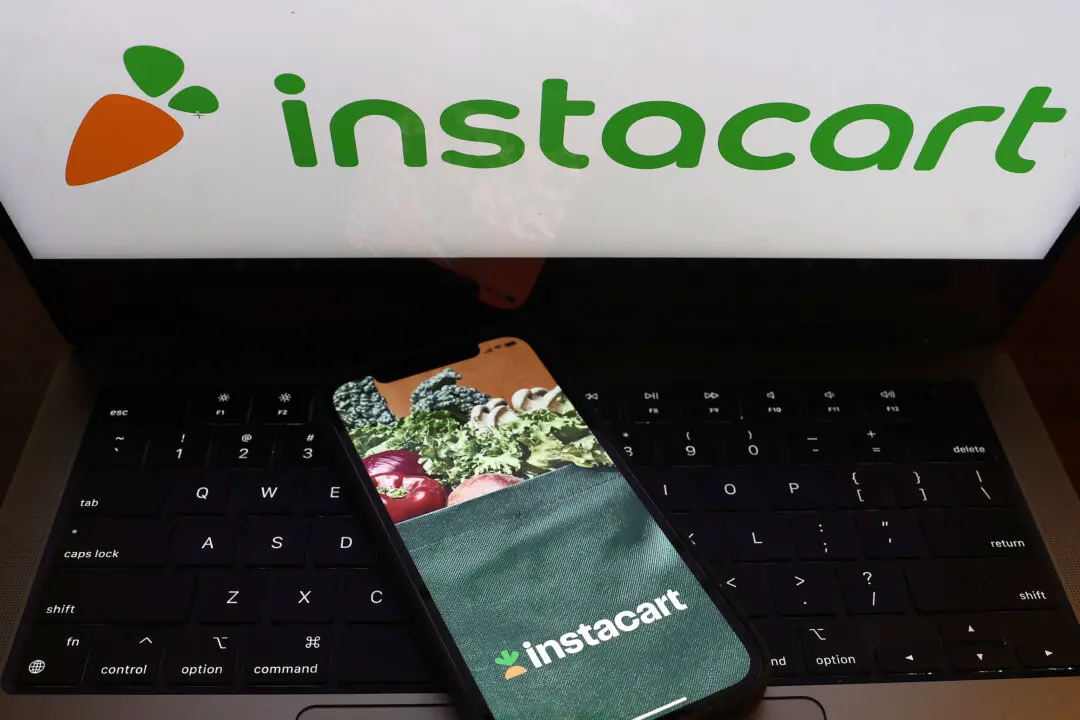Licensed poppy farmers in the middle of the harvest in India are struggling with the menace of drug-addicted parrots ravaging their crops.
Farmers in the state of Madhya Pradesh, who are licensed by the Indian government to cultivate opium for medicinal purposes, complain about the scourge of parakeets addicted to the crystallized sap in the ripening poppies, the ANI news agency reports.





